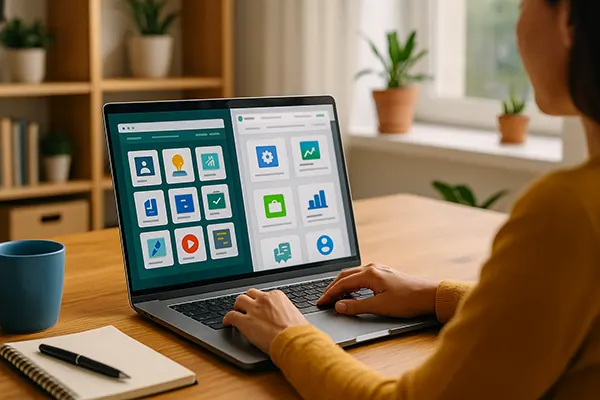
Unlocking the Potential of Royalties in Creative Work
In the digital era, where content is king, creative minds have unprecedented opportunities to monetize their work. Whether you’re a musician composing catchy tunes or an artist crafting visual masterpieces, understanding how to earn royalties from your creative endeavors can transform your passion into a sustainable income source. This article delves into the nuances of royalties in the music and art sectors, offering insights into maximizing your earnings and navigating the challenges along the way.
Basics of Royalties
Royalties are financial compensations paid to creators for the use of their original work. They serve as a vital income stream in the creative industry, providing ongoing earnings beyond the initial sale. Royalties are typically generated through licensing agreements, allowing others to use your work in exchange for a fee. These agreements stipulate how, where, and for how long the work will be used, with payments made periodically based on these terms.
Music Royalties
Types of Music Royalties
- Performance Royalties: Earned when music is played publicly, including radio, TV, or live venues.
- Mechanical Royalties: Generated from the reproduction of songs, such as CDs, downloads, and streaming.
- Synchronization Royalties: Arising when music is synchronized with visual media, like movies, commercials, or video games.
- Print Music Royalties: Paid for the use of song lyrics and music in print form.
Collecting Music Royalties
The process of collecting royalties can be complex, involving various entities like Performing Rights Organizations (PROs) – ASCAP, BMI, and SESAC in the US. These organizations play a crucial role in tracking performances and ensuring artists are compensated. For digital streams, mechanical royalties are collected by specialized agencies, such as the Mechanical Licensing Collective in the US. Registering your work with these entities is a crucial step in securing your royalties.

Art Royalties
Understanding Art Royalties
In the art world, royalties are less straightforward but are gaining traction, particularly in the form of resale rights, which allow artists to earn a percentage of sales each time their art is resold. Licensing fees for reproductions of artwork on merchandise or in media also constitute a significant royalty avenue for visual artists.
Managing Art Royalties
Artists can manage their royalties by working with galleries, auction houses, and online platforms that recognize and enforce resale rights. Additionally, licensing artwork for use in advertisements, products, or digital media can generate royalties, requiring clear contracts that specify the scope and compensation for such uses.
Maximizing Royalty Earnings
To maximize royalties, creators should:
- Diversify Their Portfolio: The more works you have generating royalties, the larger your potential earnings.
- Understand Contracts: Knowing the details of licensing agreements can help negotiate better terms.
- Utilize Digital Platforms: For musicians, digital distribution platforms can extend your reach globally. Artists can leverage online galleries and marketplaces to sell and license their work.
Challenges and Solutions
Earning royalties is not without its challenges, including tracking usage, negotiating fair contracts, and managing international rights. Solutions include leveraging technology for tracking, seeking legal advice for contract negotiations, and registering with international organizations to manage global rights.
Case Studies
- Musician: An indie artist utilized digital distribution and PRO membership to collect royalties from streaming, radio play, and live performances, effectively doubling their income.
- Artist: A visual artist partnered with an online marketplace to sell prints and originals, and used a licensing agency to negotiate deals for their artwork’s use in advertising, earning substantial royalties.
Royalties in creative work offer a promising avenue for artists and musicians to earn from their creativity continually. By understanding and leveraging the systems in place for royalty collection, and by strategically managing and protecting their work, creators can secure a sustainable income, allowing them to continue doing what they love.



